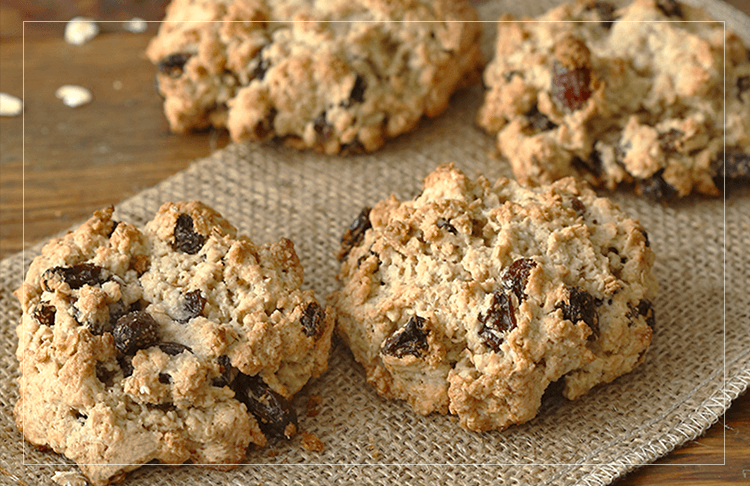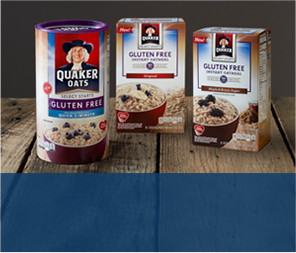Simple Steps to a Healthier Recipe
Reduce the amount of fat in the recipe.
In most cases, you can reduce the amount of fat in a recipe by one-third without drastically altering the taste and texture. If your recipe calls for saturated fat, butter, shortening or lard, all of which are high in saturated fat, try using vegetable or canola oil instead. You can also replace half the butter in cookies and cakes with applesauce.
Use nonfat or low-fat dairy products.
You can reduce the amount of calories and fat in many recipes by replacing full fat dairy products with their nonfat or low-fat counterparts. Use buttermilk, which is 1.5% fat, instead of whole milk in your favorite cake or cookie recipes, for example. If your recipe calls for sour cream, try plain nonfat yogurt, instead. Fat-free cheeses don’t melt very well however, so you should use reduced fat cheese if you are making a recipe such as veggie pizza.
Substitute healthier ingredients.
One of the easiest ways to reduce the amount of fat and calories in many recipes is to replace ingredients with healthier alternatives. For example, try replacing enriched pasta with whole wheat pasta, which will help add more fiber and other nutrients to your meal. Or replace the chocolate chips your recipe calls for with raisins.
Cut back on sugar.
You can reduce the amount of sugar in most recipes by one-third to one-half. Instead of using sugar to sweeten baked goods and desserts, substitute sweet flavored spices such as cinnamon, cardamom, nutmeg and vanilla or almond extract.
Add flavor without using salt.
If your recipe calls for salt, you can eliminate most or all of it from your recipes. Use fresh spices and herbs to add flavor to your meal instead. If you are using salt as a leavening agent for yeast in a bread recipe, you shouldn’t omit the salt, as the bread may not rise properly.
Try a new preparation method.
There are many healthy cooking methods, including grilling, broiling, steaming, and braising, that capture the nutrients and flavor of food without adding large amounts of fat or sodium. If the recipe tells you to fry ingredients in oil or butter, try baking, poaching, or broiling them. If the recipe directions instruct you to baste meat or vegetables in oil or pan drippings, use vegetable or fruit juice or fat-free broth instead.
Use the right cooking tools.
Nonstick pans, baking sheets and skillets are ideal choices for low fat cooking. Since they are designed to prevent foods from sticking while cooking, they typically require little or no fat be added to the pan before cooking.
Adjust your portion sizes.
Regardless of how many substitutions and omissions you make for some recipes, they may still contain too much sugar, fat, and sodium. When this happens, try reducing the size of the portion you eat. Eating smaller portions will also allow you to enjoy a greater variety of different foods during your meal.
If you have been avoiding your favorite recipes because you are trying to follow a healthy eating plan or special diet, why not try these simple tips? With a little experimentation and creativity, you just might end up with a few new family favorites in your recipe box. So what are you waiting for? Dust off that recipe box and start cooking! And be sure to visit Cooking & Recipes for more cooking tips and healthy recipes.


No-fuss breakfasts for
on-the-go mornings

No-fuss breakfasts for
on-the-go mornings
MAKE OVERNIGHT OATS



